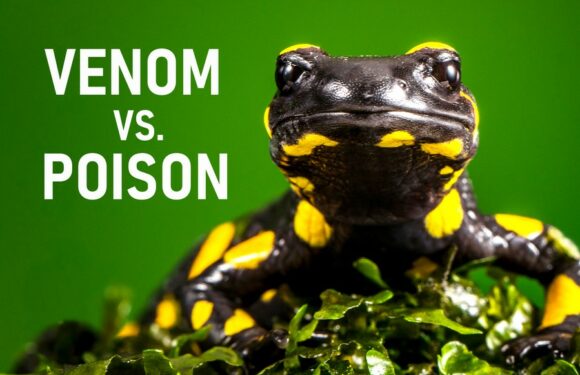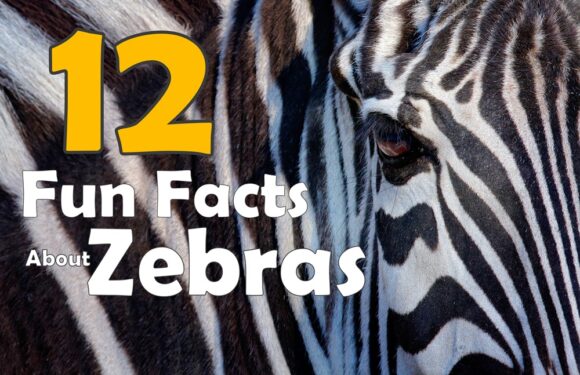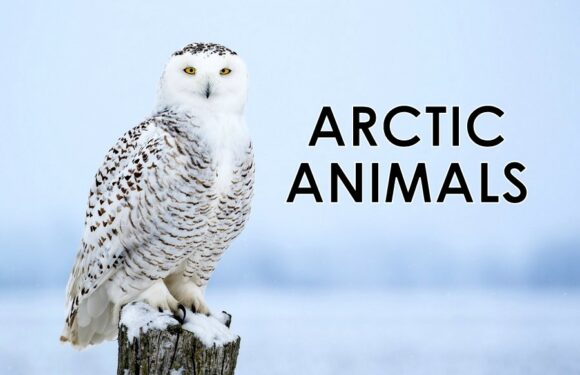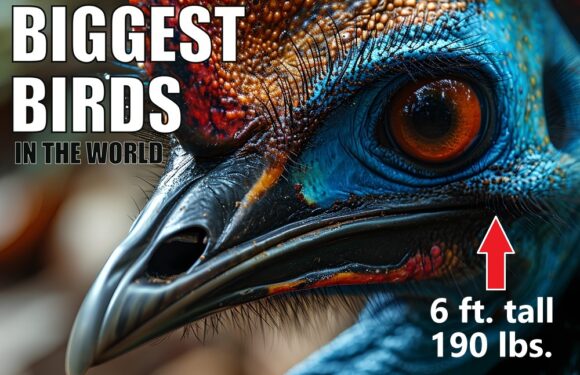
The sky is an arena where the laws of aerodynamics dictate survival. Birds have evolved to master the art of flight, with some reaching incredible speeds. Let’s take a look at the15 fastest animals in the air.
How Fast Can Humans Fly?
While humans obviously cannot fly on their own, we have technologies that allow us to soar through the skies. With wingsuits, humans can reach speeds of about 120 miles per hour (193 kilometers per hour). Commercial airplanes cruise at speeds around 575 miles per hour (925 kilometers per hour), and fighter jets can exceed 1,500 miles per hour (2,414 kilometers per hour).

Why Are Some Birds So Fast?
Birds have adaptations designed for life in the air. They are believed to have descended from small dinosaurs that had feathers, perhaps for insulation and display purposes. Natural selection favored traits that improved aerial abilities, such as lighter bones and stronger muscles. Over time, these adaptations became more pronounced. Feathers became more specialized, wings became more aerodynamic, and tails adapted for better steering and balance.
The wing shapes of fast-flying birds are often long and pointed, reducing air resistance and allowing for efficient flight. Their muscles, particularly the pectoral muscles responsible for wing movement, are highly developed. Additionally, birds have a unique respiratory system that provides a continuous flow of oxygen, supporting the high metabolism needed for sustained flight.

Some birds evolved exceptional speed due to specific ecological pressures. Predatory birds like falcons and eagles rely on speed to catch agile prey. Their keen eyesight allows them to spot targets from great distances, and their swift dives increase the success rate of their hunts. Conversely, smaller birds may need speed to escape predators or to cover vast distances during migration efficiently. In essence, the incredible speeds of some birds result from a combination of anatomical and physiological adaptations honed by natural selection.
The Top 15 Fastest Animals in the Air
1. Peregrine Falcon – Top Speed: 240 mph (386 kph)

The peregrine falcon holds the title of the fastest animal on Earth. While it hunts, it soars to great heights before plummeting toward its prey at speeds that can exceed 240 mph (386 kph). Its aerodynamic body, strong heart, and keen eyesight make it an effective predator. Specialized nostrils prevent lung damage by controlling the airflow during these high-speed dives. Peregrines are found worldwide and have adapted to various environments, from urban skyscrapers to coastal cliffs. Their diet mainly consists of medium-sized birds.
2. Golden Eagle – Top Speed: 200 mph (322 kph)

The golden eagle is one of the largest birds of prey, renowned for its speed and agility. In hunting dives, it can reach velocities up to 200 mph (322 kph). With a wingspan of up to 7 feet (2.1 meters), it uses its speed to catch mammals like rabbits and marmots. Golden eagles have excellent vision, spotting prey from great distances, and can maintain a steady speed while soaring. They inhabit diverse environments, including mountains, deserts, and open plains across the Northern Hemisphere.
3. White-throated Needletail Swift – Top Speed: 105 mph (169 kph)

The white-throated needletail is one of the fastest birds in level flight, reaching speeds up to 105 mph (169 kph). This swift spends most of its life on the wing, feeding on insects caught in flight. Its robust, cigar-shaped body and long, curved wings are perfectly suited for rapid, sustained flight. The bird’s name comes from the needle-like feathers at the end of its tail, which may aid in maneuverability. Found in rocky hills and forests in Asia and Australia, it migrates long distances between breeding and wintering grounds. Remarkably, needletails can sleep while flying, only stopping to breed and raise young.
4. Eurasian Hobby – Top Speed: 100 mph (160 kph)

The Eurasian hobby is a small, slender falcon known for its speed and acrobatic flight. Capable of reaching speeds of 100 mph (160 kph), it hunts insects and small birds, often catching them in mid-air with swift, precise movements. Its agility and speed make it a master of aerial pursuit. The hobby has slate-grey upperparts and distinctive red “trousers” on its legs. It breeds across Europe and Asia, migrating to Africa and southern Asia in winter. The Eurasian hobby often hunts at dusk, taking advantage of insect swarms.
5. Frigatebird – Top Speed: 95 mph (153 kph)

Frigatebirds are seabirds with the largest wingspan-to-body-weight ratio of any bird. They can glide effortlessly and reach speeds up to 95 mph (153 kph). Known for their kleptoparasitic behavior, they often steal food from other birds mid-flight by harassing them until they regurgitate their catch. Frigatebirds have long, hooked bills and a distinctive forked tail. Males display a red gular pouch during courtship, inflating it to attract females. Found over tropical and subtropical oceans, they spend days and nights on the wing, landing only to breed or rest on remote islands.
6. Spur-winged Goose – Top Speed: 88 mph (142 kph)

The spur-winged goose is the largest waterfowl native to Africa, reaching weights of up to 17 pounds (7.7 kilograms). Despite its size, it can reach speeds up to 88 mph (142 kph) during flight. Its powerful wings enable it to cover long distances between feeding and breeding grounds. The goose is named for the sharp spurs on its wings, which it uses for defense and dominance displays. Uniquely, it feeds on toxic blister beetles, accumulating cantharidin in its tissues, making its flesh poisonous to predators and humans. The spur-winged goose inhabits wetlands and grasslands, often forming flocks outside the breeding season.
7. Red-breasted Merganser – Top Speed: 81 mph (130 kph)

This diving duck is known for its speed and agility in the air, reaching up to 81 mph (130 kph). Its slender body and rapid wingbeats are well-adapted for swift flight over lakes and coastal waters. The red-breasted merganser has a distinctive spiky crest and a long, serrated bill ideal for catching fish. It dives underwater, propelling itself with powerful webbed feet to chase prey. Found across North America and Eurasia, it breeds in freshwater lakes and winters along coastlines.
8. Grey-headed Albatross – Top Speed: 78.9 mph (127 kph)

The grey-headed albatross is renowned for its long-distance flights over the open ocean, reaching speeds of 78.9 mph (127 kph). It utilizes dynamic soaring, exploiting wind gradients over the waves to travel vast distances with minimal energy expenditure. With a wingspan of about 7 feet (2.2 meters), it can glide for hours without flapping. The albatross feeds mainly on squid and fish, often following ships to scavenge scraps. Breeding on isolated sub-Antarctic islands, it nests on steep slopes and cliffs.
9. Canvasback – Top Speed: 73 mph (117 kph)

The canvasback is a North American diving duck recognized by its long, sloping forehead and reddish-brown head in males. It reaches flight speeds of up to 73 mph (117 kph), aided by its streamlined body and powerful wings. Canvasbacks breed in prairie potholes and marshes, preferring areas with abundant aquatic vegetation. They migrate to coastal bays and large lakes in winter, forming large flocks. Their diet consists of tubers, seeds, and invertebrates.
10. Anna’s Hummingbird – Top Speed: 61 mph (98 kph)

Anna’s hummingbirds are small but incredibly fast, especially during their courtship displays. Males climb up to 130 feet (40 meters) before diving toward the ground, reaching speeds of 61 mph (98 kph). Their wings beat up to 80 times per second, enabling them to hover and move with precision. Native to the western coast of North America, they have iridescent emerald feathers and a rose-pink throat patch called a gorget. These hummingbirds feed on nectar and insects. Despite their tiny size, they are known to be territorial and can aggressively defend feeding areas.
11. Mallard – Top Speed: 65 mph (105 kph)

The mallard is a common wild duck found across the Northern Hemisphere. It reaches flight speeds of up to 65 mph (105 kph). Mallards are strong fliers, capable of traveling long distances during migration, sometimes covering 800 miles (1,287 kilometers) in a single day. The male is easily recognized by its glossy green head, white neck ring, and chestnut-brown chest, while the female is mottled brown for camouflage. They inhabit a wide range of habitats, including wetlands, rivers, ponds, and urban parks. Mallards are omnivorous, feeding on seeds, aquatic vegetation, insects, and small fish. They are the ancestors of most domestic duck breeds.
12. Great Snipe – Top Speed: 60 mph (97 kph)

The great snipe is known for its incredible migration speeds. It flies non-stop over 4,200 miles (6,760 kilometers) from northern Europe to sub-Saharan Africa at speeds around 60 mph (97 kph). Its rapid, direct flight helps it avoid predators during these long journeys. The great snipe has a stocky build with cryptic plumage that blends into marshy and grassland habitats. During the breeding season, males perform elaborate display flights and ground dances, accompanied by distinctive clicking and drumming sounds to attract females.
13. Bald Eagle – Top Speed: 99 mph (160 kph) during a dive

While typically soaring at slower speeds, the bald eagle can reach up to 99 mph (160 kph) when diving toward prey or during territorial displays. With a wingspan of up to 8 feet (2.4 meters), it soars effortlessly on thermal currents while scanning for fish and small mammals. The bald eagle is a symbol of the United States and was once endangered due to habitat loss, hunting, and pesticide use. Conservation efforts, including the banning of DDT, have helped their populations recover significantly. Bald eagles build enormous nests, some weighing over a ton, which they often reuse and add to each year.
14. Rock Dove (Pigeon) – Top Speed: 93 mph (150 kph)

Commonly found in urban areas worldwide, pigeons are surprisingly fast, reaching speeds up to 93 mph (150 kph). Their speed and exceptional homing ability have been utilized by humans for message delivery throughout history. Rock doves have a stout body and short neck, with variable plumage but often displaying iridescent feathers on the neck and wings. They feed on seeds and scraps in cities, playing a role in urban ecosystems by cleaning up waste food. Pigeons have been subjects of scientific research in studies on navigation, learning, and genetics, including work by Charles Darwin on natural selection.
15. Gyrfalcon – Top Speed: 90 mph (145 kph)

The gyrfalcon is the largest of the falcon species, inhabiting Arctic and sub-Arctic regions. It can reach speeds up to 90 mph (145 kph) in level flight and even faster during hunting stoops. Its powerful build and endurance allow it to pursue prey over long distances in open environments. The gyrfalcon preys primarily on ptarmigan and seabirds, which it captures in mid-air or on the ground. It exhibits a variety of color morphs, from pure white to dark gray, aiding in camouflage against the snowy landscapes. Historically, gyrfalcons were highly prized in falconry by nobility due to their rarity and hunting prowess.




























































